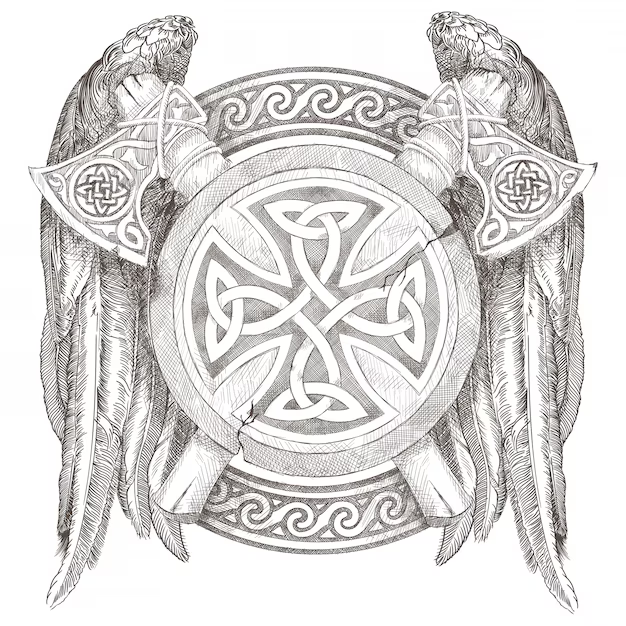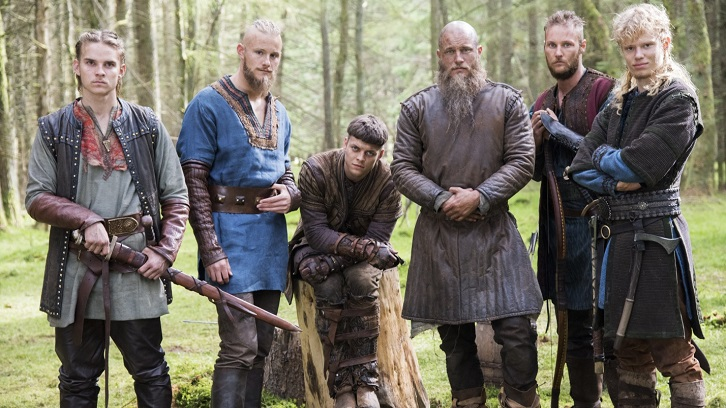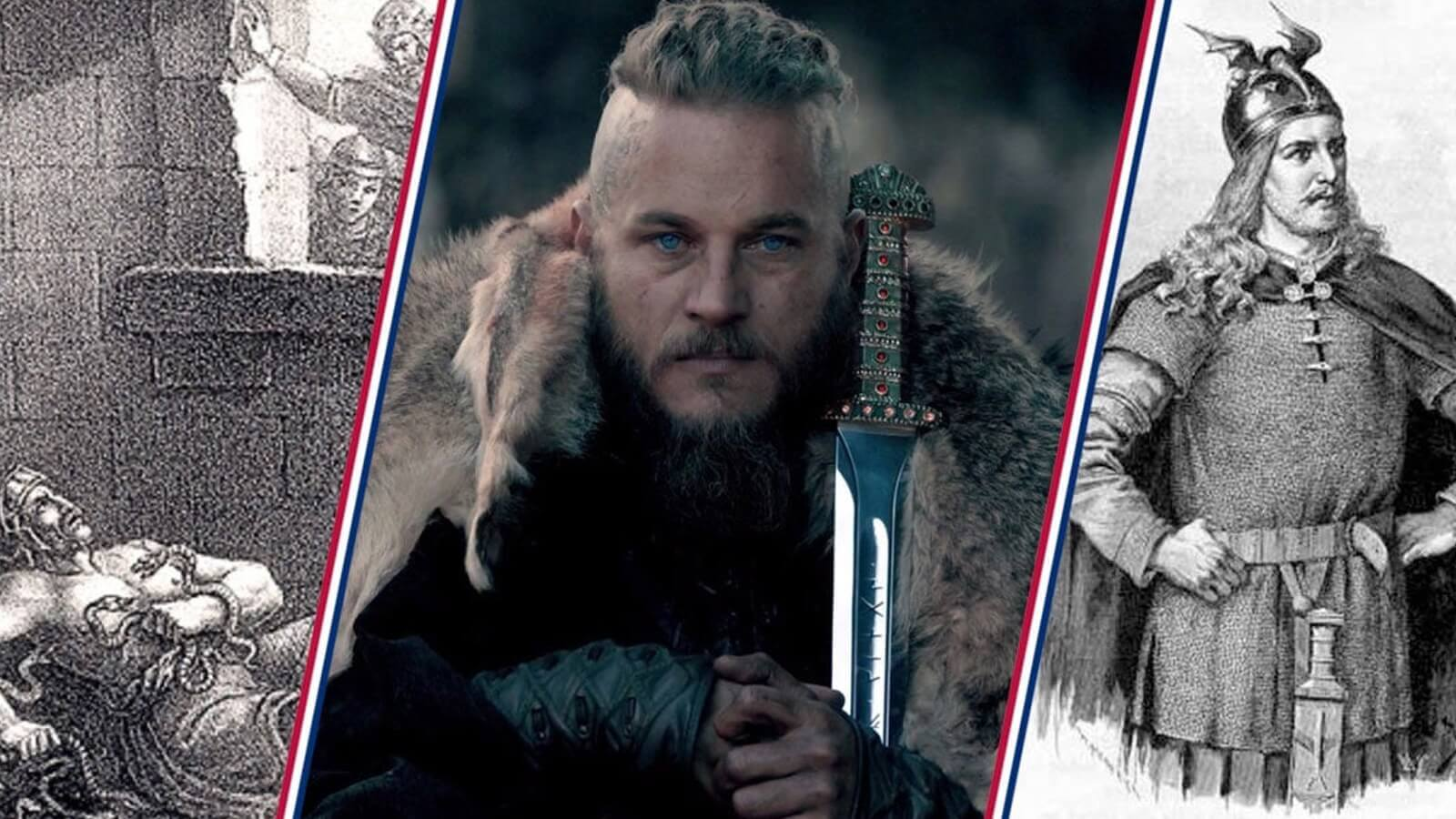Celtic culture is recognized for its mystery, its profound symbolism, its defense of freedom, its connection with nature, and its intense spirituality, qualities that are engraved in its most representative objects: the Celtic shields.
To approach them is to embark on a historical and cultural journey that connects us with the essence of an ancient world, still alive in the collective memory.

The history of Celtic shields
This dates back to the Iron Age (900 BC) ending when the Romans conquered part of Europe.
From this period to the present day, different Celtic tribes have left a strong mark on Ireland, Scotland, Wales, France, and the Iberian Peninsula, forging a common identity that still sparks interest. Their shields were more than just a defensive element: they represented a symbol of identity, status, power, and prestige.
Furthermore, their use transcended battle, but also included ceremonies and rituals.
These Celtic shields evolved over time thanks to advances in their manufacture, which resulted from external influences and the Celtic people's adaptation to them. They ranged from lightweight, wooden shields to metal ones.
It can be said that the evolution of Celtic shields reflects the history of a people who, in the face of conquest and change, adapted to defend their essence.
Materials and manufacturing techniques
The making of Celtic shields combined creativity, local resources and technological evolution.
Initially, shields were made primarily of wood, such as oak or ash, which were strong and easy to work with. Leather was added to reinforce them, increasing their durability and effectiveness in combat.
Roman expansion into Europe resulted in the introduction of new metallurgical techniques to the Celts, allowing the use of bronze and iron in reinforcements and umbos, strategically designed to deflect direct blows.
This combination of wood, leather and metal not only improved protection, but also offered a support for artistic decoration.
They used natural pigments, extracted from plants and minerals, to create patterns and symbols on the shields.
The skill of the artisans who made them was highly valued and their work was a central element of the cultural and social prestige of Celtic communities.

Meaning of the symbols on Celtic shields
The symbols on them were not simple ornaments: each motif carried a deep meaning, linked to Celtic beliefs, values and mythologies.
The most common are:
- Spirals , one of the oldest and most recurrent designs in Celtic art, represent the cycle of life, death, and rebirth, symbolizing eternity and the constant flow of energy.
- Celtic knots , characterized by interlacing without beginning or end, reflect the interconnectedness of life and the continuity of the spirit. They served a protective function, acting as talismans against evil and bad luck.
- Zoomorphic figures played a central role, as each animal was considered a guardian and protector, transmitting specific attributes to its bearer. For example, dragons evoked power and wisdom, and birds symbolized freedom, vision and connection with the spiritual, while snakes, on the other hand, represented renewal and healing.
Celtic shields in Celtic mythology and religion
In Celtic mythology, they were authentic spiritual artifacts that united the physical and spiritual worlds. They were decorated with symbols of gods and mythical creatures that granted protection and strength to their wearer, giving them a magical dimension.
In the religious sphere, the Druids used them in rituals and ceremonies.
The sacred symbols that adorned them served to invoke the protection of the gods and bless the warriors before battle, reflecting the Celtic belief in the connection between the earthly and the divine.

Regional variations of Celtic shields
Although the Celts shared a common culture, Celtic shields show clear regional variations, influenced by available resources or local techniques.
In Ireland, they tended to be more ornate, with intricate decorations centered on Celtic swirls and knots, thanks to the abundance of wood and the skill of local craftsmen.
In Gaul (present-day France, Belgium, Switzerland and northern Italy), they reflected Roman influence: they were larger and reinforced with metal strips, providing greater protection in combat thanks to the adoption of advanced metallurgy techniques.
In the British Isles , including Scotland and Wales, they were notable for their zoomorphic motifs and unique symbols, adapted to local beliefs and mythologies. They were also more robust, designed to withstand the harsh climate and harsh conditions of battle.
In Spain , they were small and lightweight, made of wood and leather, with metal umbos . Adapted for combat mobility, they featured a functional design with simple geometric features.
How to identify an authentic Celtic shield
Distinguishing an authentic Celtic shield from a modern reproduction requires observing several key aspects:
- The materials are crucial; genuine shields were made of wood, leather, and metals such as bronze or iron. The quality, wear, and natural aging of these materials offer important clues to their authenticity.
- The design and symbols are revealing, their precision reflecting Celtic craftsmanship. Modern reproductions often lack this complexity and detail.
- Context and provenance are essential. Authentic artifacts often come from specific archaeological sites, such as tombs or battlefields, and their authenticity can be verified through scientific analysis such as carbon dating or material examination. Consulting experts and obtaining provenance documentation provides additional assurance.

The influence of Celtic shields on modern culture
Celtic shields continue to inspire modern culture, especially in art, illustration, and historical decoration.
During the Celtic Renaissance of the 19th century, their symbolic and aesthetic value was recovered, reinforcing their role as emblems of identity and tradition.
Today, they appear in historical reenactments, illustrations, decorative objects, and collectibles, alluding to Celtic heritage, keeping their ancestral symbolism alive.
In addition, they have reached popular culture, appearing in films, video games, series, and comics.
Its aesthetics and meaning inspire creators who seek to convey mysticism, heroism, and Celtic tradition, bringing these historical symbols to new generations.









